For the latest forecasts and critical weather information, visit weather.gov.
Timely Spring Rains Bring Much Needed Relief, but Areas of Drought Persist.
Key Points
- According to the U.S. Drought Monitor, 17% of the area within Missouri River Basin states are in drought. The most intense conditions are Kansas and Montana, where Severe to Extreme Drought (D2-D3) persists.
- Despite the remaining drought in some areas, conditions improved in many areas of the basin over the spring season with North Dakota, Iowa, and Missouri seeing the most improvement.
- Drought impacts are most prominent across Kansas and Montana where streamflow and other surface water (including livestock ponds) are very low. Recreation has been negatively affected in Kansas, as a result of the inability to launch boats and the concern for harmful algal blooms in area reservoirs.
- The seasonal precipitation outlook for June–August 2024 has increased chances of below-normal precipitation in the western and northern portions of the Basin. Low precipitation combined with above-normal temperatures could result in low surface water levels and depleted soil moisture. This may impact navigation on the lower Missouri River, and agriculture may also be negatively impacted across the High Plains.
- The seasonal drought outlook through the end of August calls for drought to persist in areas already in drought in western Kansas and portions of Montana and Wyoming. The majority of the basin is expected to see normal conditions. However, as summer conditions set in, the possibility of flash drought development is still present.
The U.S. Drought Monitor depicts the location and intensity of drought across the country. The map uses 5 classifications: Abnormally Dry (D0), showing areas that may be going into or are coming out of drought, and four levels of drought (D1–D4).
The U.S. Drought Monitor is a joint effort of the National Oceanic and Atmospheric Administration, U.S. Department of Agriculture, and National Drought Mitigation Center.
A drought index combines multiple drought indicators (e.g., precipitation, temperature, soil moisture) to depict drought conditions. For some products, like the U.S. Drought Monitor, authors combine their analysis of drought indicators with input from local observers. Other drought indices, like the Standardized Precipitation Index (SPI), use an objective calculation to describe the severity, location, timing, and/or duration of drought.
Learn MorePeriods of drought can lead to inadequate water supply, threatening the health, safety, and welfare of communities. Streamflow, groundwater, reservoir, and snowpack data are key to monitoring and forecasting water supply.
Learn MoreDrought can reduce the water availability and water quality necessary for productive farms, ranches, and grazing lands, resulting in significant negative direct and indirect economic impacts to the agricultural sector. Monitoring agricultural drought typically focuses on examining levels of precipitation, evaporative demand, soil moisture, and surface/groundwater quantity and quality.
Learn MoreDrought & Dryness Categories
% AreaD0 – Abnormally Dry
Abnormally Dry (D0) indicates a region that is going into or coming out of drought. View typical impacts by state.
D1 – Moderate Drought
Moderate Drought (D1) is the first of four drought categories (D1–D4), according to the U.S. Drought Monitor. View typical impacts by state.
D2 – Severe Drought
Severe Drought (D2) is the second of four drought categories (D1–D4), according to the U.S. Drought Monitor. View typical impacts by state.
D3 – Extreme Drought
Extreme Drought (D3) is the third of four drought categories (D1–D4), according to the U.S. Drought Monitor. View typical impacts by state.
D4 – Exceptional Drought
Exceptional Drought (D4) is the most intense drought category, according to the U.S. Drought Monitor. View typical impacts by state.
Total Area in Drought (D1–D4)
Percent area of the states in the Missouri River Basin that is currently in drought (D1–D4), according to the U.S. Drought Monitor.
The U.S. Drought Monitor depicts the location and intensity of drought across the country. The map uses 5 classifications: Abnormally Dry (D0), showing areas that may be going into or are coming out of drought, and four levels of drought (D1–D4).
The U.S. Drought Monitor is a joint effort of the National Oceanic and Atmospheric Administration, U.S. Department of Agriculture, and National Drought Mitigation Center.
The U.S. Drought Monitor is released every Thursday morning, with data valid through the previous Tuesday at 7 a.m. ET.
A drought index combines multiple drought indicators (e.g., precipitation, temperature, soil moisture) to depict drought conditions. For some products, like the U.S. Drought Monitor, authors combine their analysis of drought indicators with input from local observers. Other drought indices, like the Standardized Precipitation Index (SPI), use an objective calculation to describe the severity, location, timing, and/or duration of drought.
Learn MorePeriods of drought can lead to inadequate water supply, threatening the health, safety, and welfare of communities. Streamflow, groundwater, reservoir, and snowpack data are key to monitoring and forecasting water supply.
Learn MoreDrought can reduce the water availability and water quality necessary for productive farms, ranches, and grazing lands, resulting in significant negative direct and indirect economic impacts to the agricultural sector. Monitoring agricultural drought typically focuses on examining levels of precipitation, evaporative demand, soil moisture, and surface/groundwater quantity and quality.
Learn MoreCurrent Conditions for the Missouri River Basin
- According to the U.S. Drought Monitor, 17% of the area within Missouri River Basin states are in drought. Severe Drought (D2) persists in Kansas and Montana, with Extreme Drought (D3) impacting small portions of western Montana and central Kansas.
- Despite the remaining drought in some areas, conditions improved in many areas of the basin over the spring season (Figure 1). North Dakota, Iowa, Missouri, and parts of Montana saw the most improvement this spring.
- Above-normal spring precipitation drove this improvement in many areas (Figure 2). Iowa, North Dakota, and northern Montana received 100–200% of normal precipitation over the past 90 days.
- However, portions of Kansas, eastern Colorado, eastern Wyoming, eastern Montana, and portions of the Dakotas received only 5–50% of normal precipitation. Some of the largest deficits were in Kansas and eastern Colorado, where drought conditions worsened.
- Despite above-normal spring precipitation in many areas, the snowfall season was below-normal for a majority of the basin. Snowfall since September 1, 2023 is only 25-75% of normal for North Dakota, South Dakota, and eastern Wyoming (Figure 3).
Figure 1: 10-Week U.S. Drought Monitor Change Map (Since March 12, 2024)
Key Takeaway: Much of the Missouri River Basin saw drought improvement throughout the spring. Areas with drought improvement include northern South Dakota, eastern Nebraska, and nearly all of Montana, North Dakota, Missouri, and Iowa. Drought conditions deteriorated in eastern Colorado and in Kansas throughout the spring.

Figure 2: 90-Day Percent of Normal Precipitation (February 23–May 22, 2024)
Key Takeaway: recipitation totals were mixed across the Missouri River Basin over the last 90 days. Northern Montana, northern North Dakota, and western Iowa received significantly above-average precipitation. Below-normal precipitation was widespread across Kansas, western Nebraska, eastern Wyoming, and eastern Colorado.
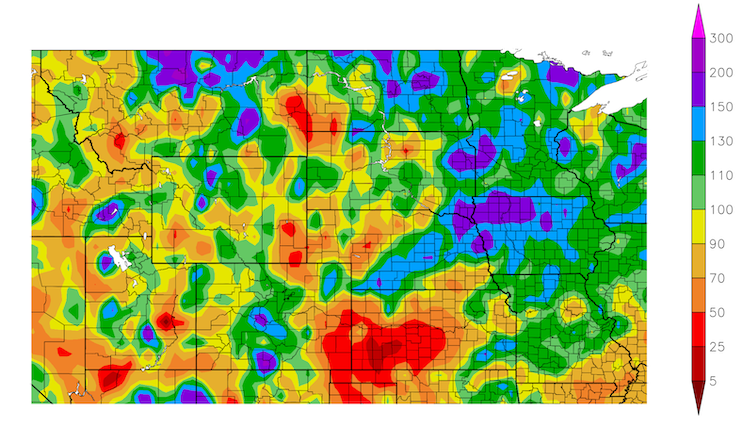
Figure 3: Percent of Normal Snowfall from September 1, 2023–May 23, 2024
Key Takeaway: Snowfall was below normal across the majority of the Missouri River Basin, most significantly across, North Dakota, South Dakota, Missouri, and eastern Wyoming.
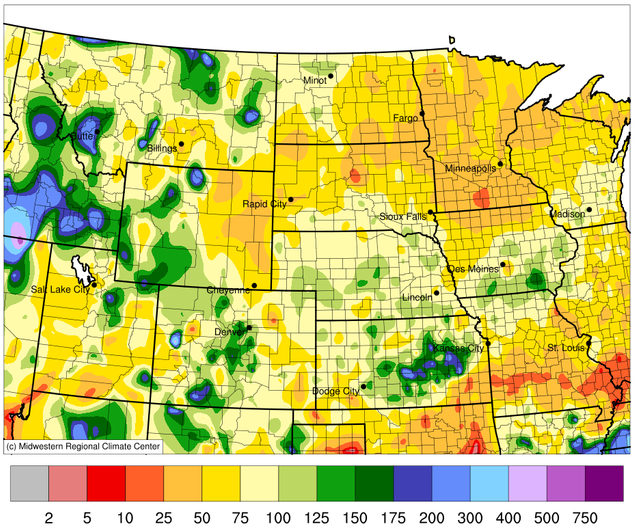
Missouri River Basin Drought Impacts
- Below-normal snowfall during the winter, across the region, caused negative impacts for recreation industries. Impacts included navigation issues, low water levels on recreational lakes, and concern for harmful algal blooms.
- Below-normal mountain snowpack reduced the risk for spring flooding in Upper Missouri, but this also meant less replenishment of overall moisture to the system (e.g., soil moisture, groundwater), which typically happens during the snowmelt season in late winter and spring.
- The river runoff forecast for the Missouri River Basin is still below normal, due to low snowpack in the headwaters, and reservoir systems continue to release water to meet downstream navigational targets.
- Poor precipitation timing throughout the winter and spring and the resulting drought negatively impacted western Kansas winter wheat. Current wheat conditions in Kansas are reporting for the sixth week in a row as the worst in the United States.
- For the first time in two years, rainfall-driven river flooding was seen in the lower basin in eastern Kansas, western Missouri, and northwestern Iowa, as drought conditions slowly improved across parts of the basin throughout the month of May.
- Surface water and soil moisture conditions improved throughout the spring season in most of the basin as a result of timely spring rains (Figures 4, 5).
Figure 4: 28-Day Average Streamflow Conditions (Valid May 22, 2024)
Key Takeaway: Wet spring conditions resulted in average to above-average streamflow conditions across the basin, except in central and southwestern Kansas, where persistent drought conditions this spring resulted in below-normal streamflow.
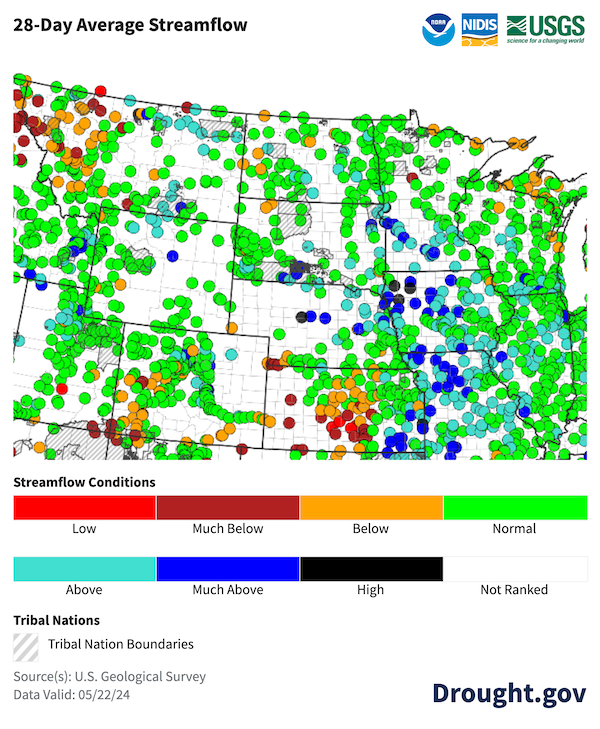
Figure 5: 0–100 cm Soil Moisture Conditions (Valid May 22, 2024)
Key Takeaway: Wet spring conditions resulted in a recovery of soil moisture conditions across much of the basin, resulting in near to above-normal conditions across many areas. However, persistent drought conditions this spring have resulted in below-normal soil moisture conditions across eastern Colorado, and southern Wyoming, and western Kansas.
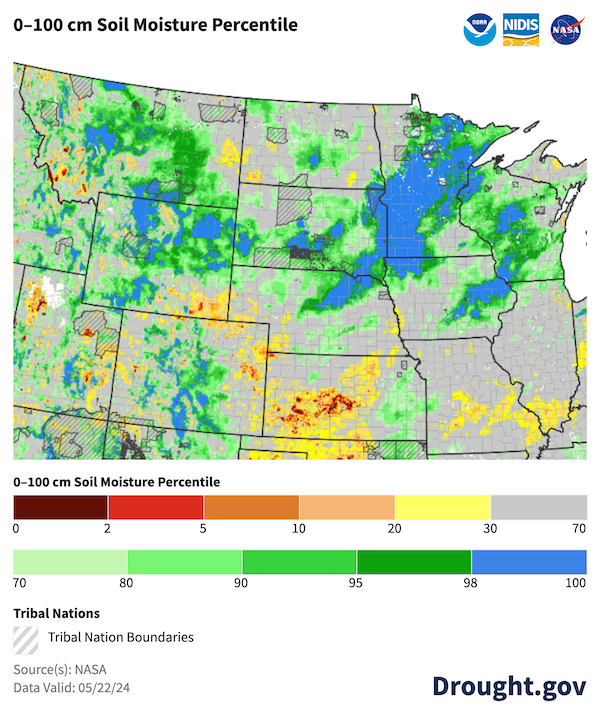
Figure 6: Stock Ponds in North Dakota: April 15 vs. May 20
Key Takeaway: Regular spring rainfall over the northern Great Plains reduced drought impacts from below-normal snowfall during the winter season and allowed surface water conditions to recover.
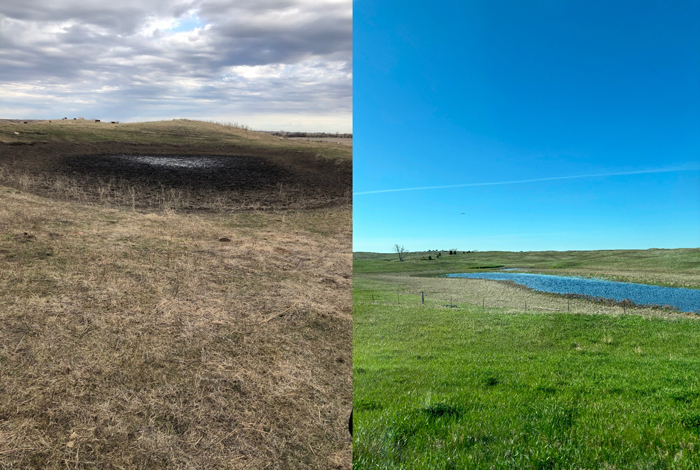
Outlooks and Potential Impacts for the Missouri River Basin
- The NOAA Climate Prediction Center’s summer outlook for June–August 2024 shows an increased chance of above-normal temperatures across large portions of the basin, except for North Dakota, South Dakota, and western portions of Iowa, which have equal chances for above-, near-, or below-normal temperatures (Figure 7).
- The next three months (June–August) have almost equal chances of neutral or La Niña conditions, but La Niña is expected to develop in the Pacific Ocean by late summer/early fall. During the neutral summer months, forecasters expect that there will be less predictability of precipitation.
- Western portions of the basin have a higher probability of below-normal precipitation, while eastern basin states have equal chances for above-, near-, or below-normal precipitation (Figure 8). Combined with above-normal temperatures, low precipitation could mean lower streamflows and reduced soil moisture. The combination of hot and dry weather may lead to negative agricultural impacts throughout the summer.
- Through the end of August, the Climate Prediction Center's seasonal drought outlook calls for drought to persist in areas already in drought in western Kansas and portions of Montana and Wyoming, with the possibility of drought improvements in Iowa. The majority of the basin is not predicted to see drought develop, though as summer temperatures increase, the possibility of flash drought development is still present (Figure 9).
Figure 7: Seasonal Temperature Outlook for (June–August 2024)
Key Takeaway: Temperatures are likely to be above normal across large portions of the Missouri River Basin from June–August 2024. The greatest chances of above-normal temperatures are in western portions of Montana, Wyoming, and Colorado. North Dakota, South Dakota, and portions of Minnesota and Iowa have equal chances for above-, near-, or below-normal temperatures.
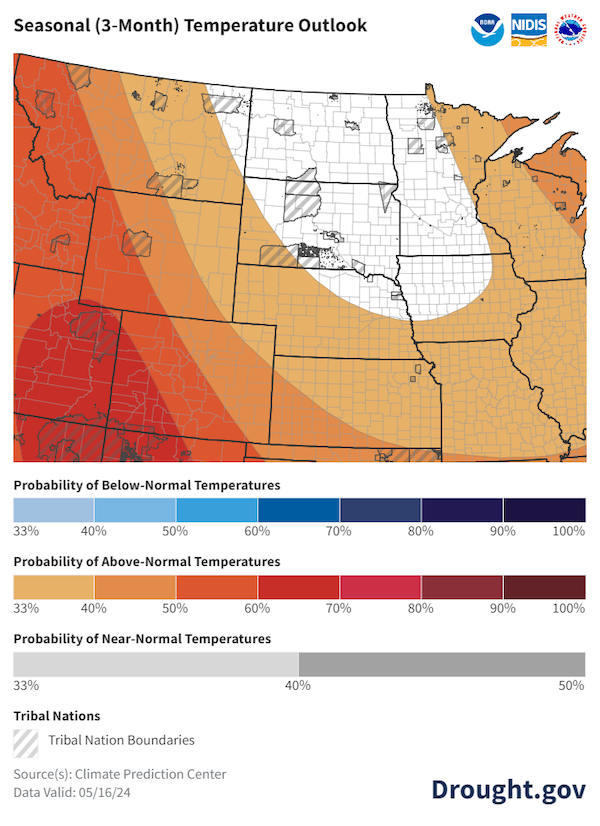
Figure 8: Seasonal Precipitation Outlook (June–August 2024)
Key Takeaway: Below-normal precipitation is anticipated across Montana, Wyoming, Colorado, and western portions of South Dakota, Kansas, and Nebraska for June through August 2024. The rest of the basin has equal chances for above-, near-, or below-normal precipitation.
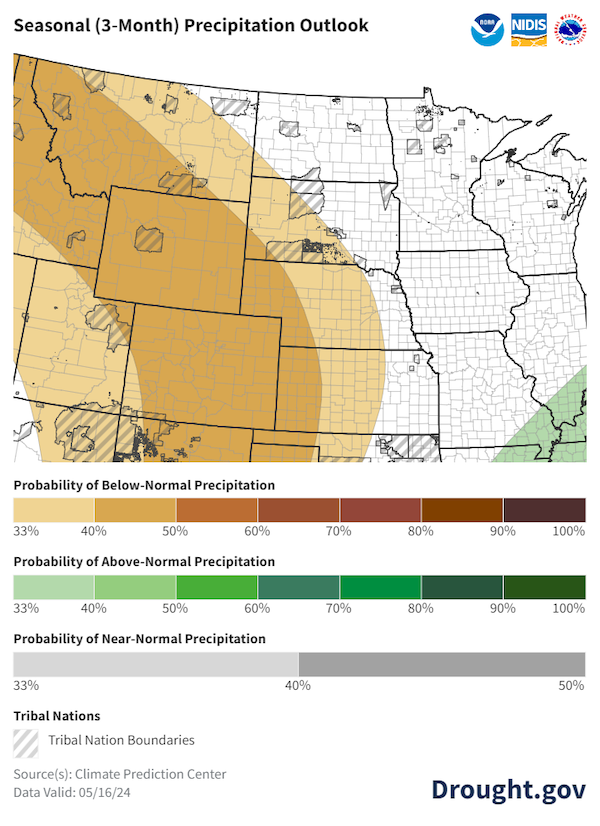
Figure 9: Seasonal Drought Outlook (Valid May 16–August 31, 2024)
Key Takeaway: Drought is expected to persist or develop in parts of Kansas, Wyoming, Montana, and Nebraska through the end of August. Areas of remaining drought in Nebraska and Iowa after spring improvements are expected to improve or be removed during the summer months. No drought development is forecasted for the remainder of the basin.
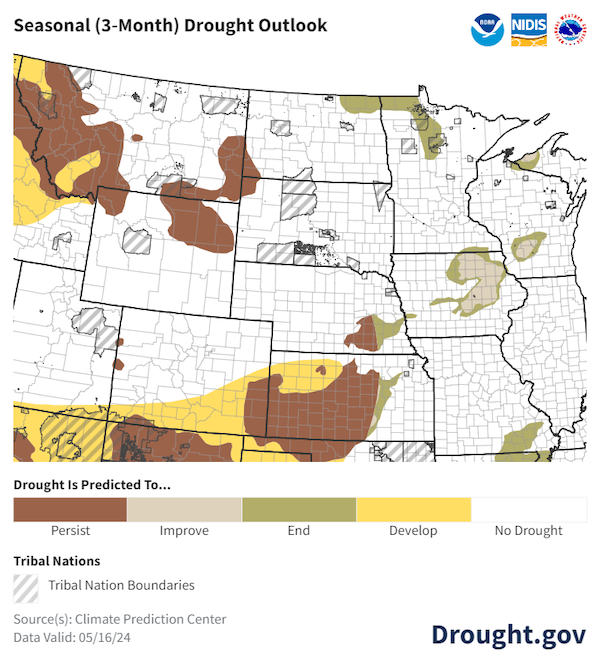
Additional Resources
- Register for the North Central U.S. Climate and Drought Summary & Outlook Webinar on Thursday, June 20 at 1 p.m. CT, which will provide an overview of climate and drought conditions, impacts, and outlooks.
- More local information is available from the following resources:
- To report or view local drought impact information:
Prepared By
Jason Gerlich & Molly Woloszyn
Cooperative Institute for Research in Environmental Sciences (CIRES), CU Boulder
NOAA/National Integrated Drought Information System (NIDIS)
Doug Kluck
NOAA/National Centers for Environmental Information
Dannele Peck & Dennis Todey
USDA Northern Plains Climate Hub and Midwest Climate Hub
Audra Bruschi
NOAA/National Weather Service Central Region
Kevin Low
NOAA/Missouri Basin River Forecast Center
Rezaul Mahmood and Gannon Rush
High Plains Regional Climate Center/University of Nebraska-Lincoln
Denise Gutzmer
National Drought Mitigation Center/University of Nebraska-Lincoln
A special thank you to the state climate offices and National Weather Service offices in the Missouri River Basin for providing local information on drought conditions and impacts included in the webinar and in this Drought Status Update.
This Drought Status Update is issued in partnership between the National Oceanic and Atmospheric Administration (NOAA), U.S. Department of Agriculture (USDA), and the National Drought Mitigation Center to communicate a potential area of concern for drought expansion and/or development within the Missouri River Basin DEWS based on recent conditions and the upcoming forecast. NIDIS and its partners will issue future Drought Status Updates as conditions evolve.











